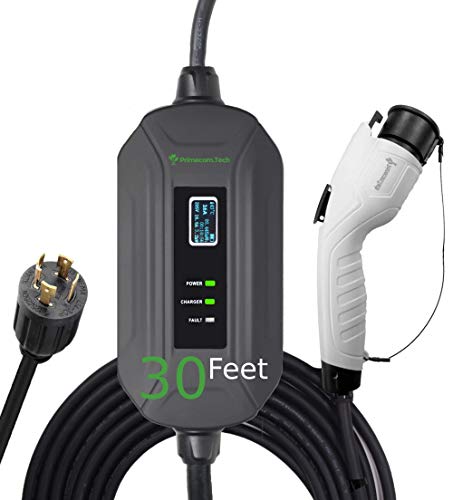Bassman
Well-known member
Was at the Sacramento Electric Vehicle Auto Association meeting last week. The SMUD (utility) representative told a horror story where someone in South Sacramento installed two 40 amp EVSE in their garage without talking to SMUD and fried the subdivisions transformer and associated powerline wires. Cost SMUD over $40,000 to repair. They tracked the problem to the guy and warned him next time he would be paying for all the repair costs. So A word of warning. Most subdivisions are designed at the maximum capacity according to SMUD and adding an additional 20KW draw could be a major problem. So talk to your electrical provider before you add a significant increase to your draw (such as two new 40 amp EVSEs). 




























